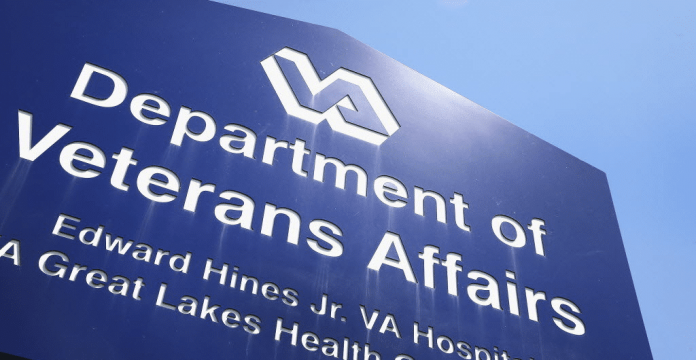It’s no secret that the VA is in trouble – the poor management of the administration tasked with providing support for our veterans has been in the new for more than a decade. What is surprising is that the government is doing almost nothing to fix. Now, this isn’t a knock on the current administration as the previous Presidents shoulder much of the blame for the shambolic state of affairs.
An example of this is the scandal in 2014 where millions of veterans were facing delays getting the medical care they were entitled to. In fact, the situation got so bad that some veterans died due to the wait lists that seemed to stretch forever.
While this is a travesty, it is not the first time that the country has turned its back on those who put their lives on the line to protect our freedoms. Students of history will remember the tale of the ‘Bonus Army’ which went to our nation’s capital to demand the benefits they were promised for their service in World War I.
How did the government respond? President Hoover ordered Generals Macarthur and Patton (that’s right the same Generals who played key roles in World War II) to mobilize the Army against the protest. While the aftermath of this protest and the Government’s response eventually led to the enactment of the GI Bill, most veterans would agree that more needs to be done.
With that in mind, let’s fast-forward to 2018 and look at what is wrong with the VA and how to fix it.
What’s Wrong
For starters, the VA has been so poorly managed for so long that it can no longer keep up with the demand from aging Vietnam-era veterans as well as the crush of newly-minted veterans from the 17-year ‘War on Terror’. This surge in those eligible for veteran’s benefits led to massive backlogs at health centers around the country as medical personnel struggled to provide care.
Add to that the fact that many of the country’s VA centers are aging facilities. In fact, some are so poorly maintained that it might be difficult to distinguish the ‘hospital’ from a junk yard in Dallas. This should not come as a surprise given the fact that many of these facilities were built and are now maintained by the lowest bidders. However, we must do better.
If you thought this sounded bad, we are barely getting started. Another issue with the VA is the computer systems used to manage the records of millions of veterans. Not only are these systems out of date, they don’t fully integrate with DoD medical records.
Don’t believe me, just ask any newly separated service member about the hoops they need to jump through to make sure the VA has their medical records. At one point it was so bad that reports of warehouses full of moldy paper-based records began to service.
Then there is the revolving door of VA Secretaries. Over the past decade there have been seven Secretaries – including Acting Secretaries – and now there is news that the President’s nominee to assume the post is in trouble as Senators question Admiral Jackson’s qualifications to lead an agency with close to 400,000 employees.
This is a problem as the VA needs a capable leader to help guide the agency forward. However, the musical chairs at the top of the agency have only magnified the challenges facing the VA as decisions are put on hold.
How did we allow this to happen? Sure, the military can be dysfunctional at times, but eventually, decisions get made the job gets done. However, the VA is a civilian organization and despite the best efforts of the men and women on the front lines, our supposed leaders in both the Legislative and Executive branches of Government have been little more than apathetic to the state of the VA.
How to Fix it
Reports and recommendations are great but at the end of the day turning around the VA requires action and here are somethings which can be done.
For starters, there are nearly 22 million veterans in the USA – this is roughly 7 percent of the population and does not count the nearly 2.1 million active and reserve duty service members in the U.S. Given the scope of the agencies reach, one option should be to extend the term of the Secretary coinciding with the President’s term to 10-years.
This is not without precedent as the Director of the FBI also servers a 10-year term. While this move might require a downgrade of the Secretary’s position from the cabinet it would help to depoliticize the appointment while giving the agency the consistency of leadership needed to modernize.
In addition, an overhaul of the VHA care system should be undertaken with three goals: making it easier for veterans to access care, improving the quality of care, and keeping costs in check. While the 2014 Veterans Choice Act sought to make it easier to access private doctors, the reality is that it has turned into a massive boondoggle by adding cost to the system.
Beyond this, we need a culture of accountability at the VA. While this is rare inside of any bureaucracy, it is an absolute must for an organization which provides vital care to more than 20 million citizens.
The VA has been in trouble for too long as this is our chance to fix it before it becomes too late.
All content herein is owned by author exclusively. Expressed opinions are NOT necessarily the views of VNR, authors, affiliates, advertisers, sponsors, partners, technicians, or VT Network. Some content may be satirical in nature.
All images within are full responsibility of the author and NOT VNR.
Read Full Policy Notice - Comment Policy




























